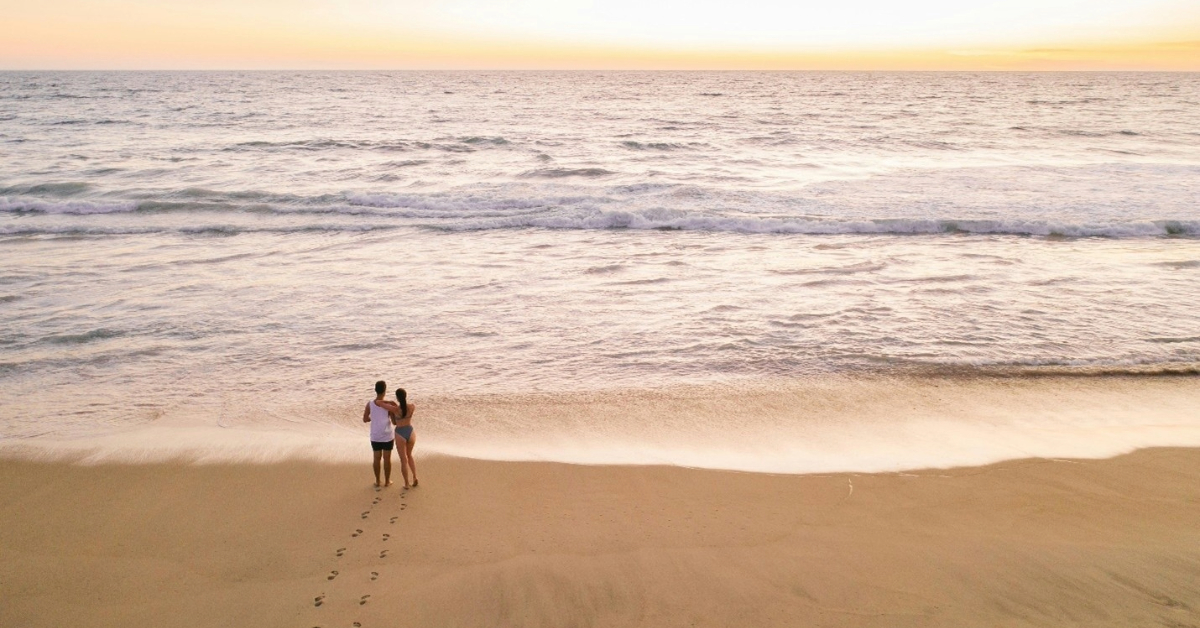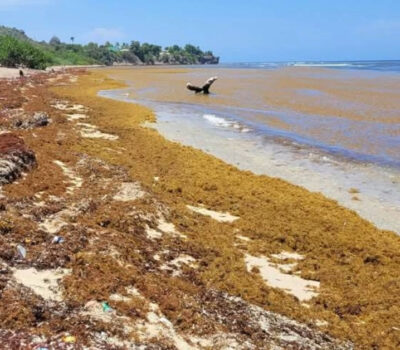
Rich Cultural Heritage
Mexico’s rich cultural heritage is a tapestry woven from ancient civilizations, colonial influences, and modern expressions. This heritage is deeply rooted in the traditions of indigenous peoples like the Maya, Aztec, Zapotec, and Olmec, whose advanced knowledge in astronomy, mathematics, and architecture laid the foundation for remarkable achievements. The remnants of their sophisticated societies are visible in the majestic ruins of cities such as Teotihuacan, Chichen Itza, and Monte Albán, where towering pyramids and intricate carvings continue to captivate scholars and tourists alike.
The arrival of the Spanish in the 16th century introduced a new dimension to Mexico’s cultural landscape. The ensuing fusion of indigenous and European traditions gave rise to a unique mestizo identity. This blend is evident in Mexico’s architectural marvels, where Baroque churches adorned with elaborate facades and gilded interiors stand alongside indigenous temples. Cities like Puebla and Guanajuato showcase this architectural syncretism, reflecting the complex history of conquest and coexistence.
Art has always been a vital expression of Mexican identity. The muralist movement of the early 20th century, led by artists like Diego Rivera, José Clemente Orozco, and David Alfaro Siqueiros, used public spaces to depict social and political themes. Their colossal works narrate the struggles of the working class, indigenous rights, and national history, turning walls into canvases that educate and inspire. Frida Kahlo’s introspective paintings delve into personal and cultural identity, pain, and love, solidifying her as a symbol of resilience and creativity.
Music and dance are integral to Mexico’s cultural fabric. Traditional music genres such as mariachi, son jarocho, and norteño reflect the country’s regional diversity. Instruments like the guitarrón, vihuela, and harp accompany songs that range from joyful to melancholic, often performed during festivals, weddings, and community gatherings. Dance forms like the Jarabe Tapatío, known as the Mexican Hat Dance, embody the spirited essence of Mexican folklore.
Culinary traditions in Mexico are a flavorful amalgamation of indigenous ingredients and Spanish influences. Staples like corn, beans, chili peppers, and chocolate are prepared in countless ways, resulting in dishes such as mole poblano, tamales, and pozole. Mexican cuisine is recognized by UNESCO as an intangible cultural heritage, celebrated for its diversity, history, and communal significance. Street food culture thrives in markets and plazas, where vendors offer tacos, elotes, and aguas frescas, providing a sensory experience that is both accessible and authentic.
Language diversity adds another layer to Mexico’s cultural richness. While Spanish is the official language, over 60 indigenous languages are spoken throughout the country, including Nahuatl, Maya, Mixtec, and Zapotec. These languages carry centuries of knowledge, traditions, and worldviews, with efforts underway to preserve and revitalize them amidst globalization and modernization.
Religious and spiritual practices in Mexico often intertwine indigenous beliefs with Catholicism, a result of centuries of cultural blending. Festivals like the Day of the Dead exemplify this syncretism, honoring deceased loved ones with altars, offerings, and rituals that reflect both pre-Hispanic customs and Christian traditions. These celebrations foster a strong sense of community and continuity between past and present generations.
Contemporary Mexico continues to evolve while honoring its rich heritage. Urban centers like Mexico City are hubs for innovation in art, architecture, and technology, hosting international exhibitions and fostering a vibrant cultural scene. At the same time, rural communities preserve traditional crafts such as pottery, weaving, and silverwork, techniques passed down through generations that sustain both cultural identity and local economies.
Mexico’s cultural heritage is a dynamic and living legacy, encompassing the resilience and creativity of its people. It is a source of national pride and global fascination, inviting continual exploration and appreciation. The interplay of history and modernity, indigenous roots and global influences, shapes a cultural landscape that is as complex as it is captivating. This richness not only defines Mexico but also contributes significantly to the cultural mosaic of the world.
Festivals and Traditions
- Dia de los Muertos (Day of the Dead): This iconic festival is a vibrant celebration of life and death, honoring deceased loved ones with colorful altars, parades, and offerings.
- Carnaval: Leading up to Lent, Carnaval is celebrated with music, dancing, and elaborate costumes, especially in coastal cities like Veracruz and Mazatlán.
- Guelaguetza Festival: Held in Oaxaca, this festival showcases traditional dances, music, and indigenous culture.
Artistic Expression
Mexico’s rich cultural heritage is vividly expressed through its art, which has been shaped by a confluence of indigenous traditions, colonial influences, and modern movements. The country has produced some of the world’s most celebrated artists, such as Frida Kahlo and Diego Rivera, whose works have left an indelible mark on the global art scene. Today, Mexico continues to foster a thriving artistic community, with numerous galleries, museums, and public art displays that celebrate both its historical legacy and contemporary creativity.
Historical Roots of Mexican Art
The origins of Mexican art trace back to pre-Columbian civilizations like the Maya, Aztec, and Olmec, whose artistic achievements are evident in monumental architecture, intricate sculptures, and vivid murals. These early works often held religious and ceremonial significance, reflecting the deep connection between art and spirituality in indigenous cultures.
With the arrival of the Spanish in the 16th century, Mexican art began to incorporate European styles and techniques. Colonial art blended indigenous motifs with Baroque and Renaissance elements, leading to unique expressions in painting, sculpture, and architecture. This fusion is particularly evident in the ornate churches and public buildings that dot the Mexican landscape.
The Rise of Iconic Artists: Frida Kahlo and Diego Rivera
The 20th century heralded a new era for Mexican art, characterized by a resurgence of national identity and social consciousness. Central to this movement were artists like Frida Kahlo and Diego Rivera, whose personal and professional lives were deeply intertwined.
Frida Kahlo
Frida Kahlo is renowned for her intensely personal and emotive paintings, which often explore themes of identity, pain, and the human experience. Her use of vibrant colors and symbolic imagery draws heavily from Mexican folk art and indigenous culture. Kahlo’s self-portraits are particularly famous for their raw honesty and have made her an enduring symbol of resilience and feminist expression.
Diego Rivera
Diego Rivera was a leading figure in the Mexican muralism movement, which sought to make art accessible to the masses and promote social and political messages. His large-scale murals adorn public buildings and depict scenes from Mexican history, everyday life, and the struggles of the working class. Rivera’s work combines a profound respect for indigenous culture with a critical perspective on contemporary society.
The Thriving Contemporary Art Scene
Mexico’s artistic vitality extends beyond its historical figures, flourishing in a dynamic contemporary scene that spans various mediums and styles.
Galleries and Museums
Major cities like Mexico City, Guadalajara, and Monterrey are hubs for art enthusiasts, offering a wealth of galleries and museums. The Palacio de Bellas Artes in Mexico City is a cultural landmark showcasing classical and contemporary works. The Museo Frida Kahlo, also known as the Blue House, provides an intimate look into Kahlo’s life and art.
Private galleries, such as Kurimanzutto and Galería OMR, promote emerging and established Mexican artists, fostering innovation and dialogue within the global art community. These spaces often feature exhibitions that challenge traditional boundaries and address current social issues.
Public Art and Murals
Continuing the legacy of muralism, Mexico’s streets serve as canvases for artistic expression. Cities are adorned with murals that reflect social commentary, cultural pride, and artistic experimentation. Neighborhoods like Coyoacán and Roma in Mexico City are famous for their street art, attracting both local and international artists.
Festivals and Events
Art festivals play a significant role in celebrating and disseminating Mexican art. The Zona Maco art fair is one of Latin America’s most important contemporary art events, bringing together artists, collectors, and enthusiasts from around the world. Other events like the Festival Internacional Cervantino in Guanajuato highlight interdisciplinary arts, including theater, music, and visual arts.
The Influence of Indigenous and Folk Art
Indigenous and folk art remain integral to Mexico’s artistic identity. Crafts such as Alebrijes (colorful fantasy creatures), Huichol beadwork, and Oaxacan textiles are not only treasured domestically but also recognized internationally for their craftsmanship and cultural significance.
Artisans often employ traditional techniques passed down through generations, ensuring the preservation of cultural heritage. Markets and cooperatives provide platforms for these artists to sell their work, supporting local economies and promoting cultural exchange.
Education and Artistic Development
Art education is a vital component of Mexico’s cultural infrastructure. Institutions like the National School of Painting, Sculpture, and Printmaking “La Esmeralda” and the University of the Arts offer comprehensive programs that nurture the next generation of artists.
Workshops and community programs extend opportunities to a broader audience, encouraging artistic exploration among people of all ages and backgrounds. These initiatives contribute to a vibrant artistic ecosystem that values creativity as a fundamental aspect of society.
Welcome to Moving to Mexico: The Ultimate Guide for American Expats. This guide consists of 15 chapters and over 500 pages . . .












